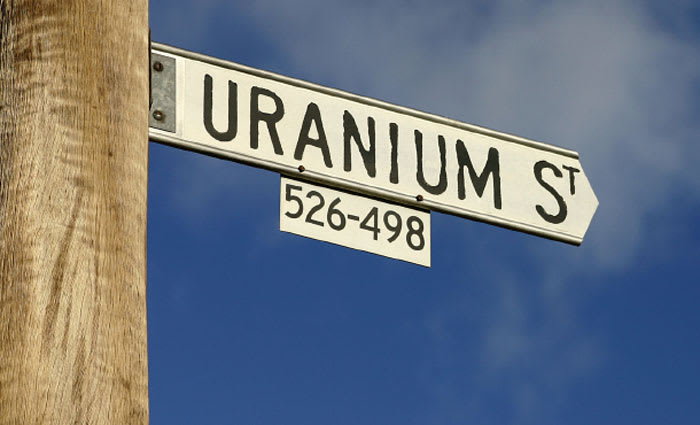Buying in a single-industry town - how to negotiate the risks: Margaret Lomas
It's no secret that I have a preference for obtaining a positive cash flow (or as close to it) from my property purchases. I've written a lot about it over the years and have successfully added many such properties to my portfolio.
However, I can't help but notice that, somewhere along the line my message has been taken in a shortened form – leading investors to consider only cash flow when choosing their next property. This, in turn, results in the acquisition of property which might have good rent returns, but is in danger of not growing due to an absence of important growth drivers.
In choosing property for cash flow alone, many investors are inevitably led toward towns with a single industry. Such towns tend to get a higher than usual rental yield for many reasons, including:
- They are often well outside of major urban areas, and so the property values are low, creating a higher relative yield.
- Where the industry in question is experiencing a robust period and demand for its product, extra workers are usually employed.
- These workers often cannot be sourced from within town and so they are recruited from elsewhere, and move to the area, and as many of these workers are itinerant, at least until it can be confirmed that their continued employment is assured, they do not usually buy. So, although the industry is doing well, the expanding population are not property buyers, and pressure is not brought to bear on values. They are, however, renters and this is why rental yields often soar.
Property in such areas then becomes an attractive proposition, because, initially, the cash flows look fabulous. This in turn attracts more investors and property prices do begin to move. Pretty soon we see an artificial property boom, brought on purely by the existence of the single industry and the resulting hoards of hungry investors seeking, at first, good cash flows, and then the spin-off gain.
And while many experts may say that, where property in concerned 'time in market' is the key, in fact these towns require precise 'market timing' if the strategy is going to work. You need to get in at the right time (before values move), and you need to exit the investment just before the fall that is often seen in such areas when the single industry falters, or the economy changes. And if an investment requires precise market timing to pay off, then it also requires the investor to have a higher appetite for risk.
There is no question that, particularly while we are experiencing strong economic times and low interest rates, a property in a single industry town can provide a great return. However, these properties must be considered to be a higher risk investment.
As with any investment, the higher the potential return, the higher the risk, and property in single industry towns have more than their fair share of risks.
These include:
- The lack of diversity of industry means the entire workforce's reliance on a single industry places the security of the whole town at risk, should something adverse happen to that one industry;
- The prevalence of itinerant workers results in a weak underlying economy. Workers often take their earnings out of town and, if that industry's vibrancy is reduced, respond to economic changes, leave town altogether. This creates high vacancy rates, rapidly reversing the upward climb that property values were enjoying;
- That same economic weakness means most councils lack the financial resources to provide infrastructure to the community, meaning that the towns are often severely under-resourced;
- The entire town is highly exposed to 'hidden risk' – the risk that an unforeseen event, government decision or world economic turmoil impacts directly back on the only industry supporting the area. This is a risk which cannot be mitigated as it most often cannot be foreseen, and in some cases has never actually happened before;
- Even if that single industry continues on, the lack of diversity in industry usually means that the population grows very slowly – the town can only expand at the rate that the industry expands. This can mean that, even though cash flow might be good, growth to the underlying asset (the property) is well below par. A sound property strategy requires both cash flow and growth.
If an your risk profile is such that you have plenty of capital and loss would not cripple you, or you have ample time available as an income earner within which you could replace lost capital, then the potential for good yields and possible capital gains may well make these risks worth taking.
However, if you are buying in order to create a retirement income, and each purchase must perform well, you may be gambling with what may become one of your only income sources, one which needs to last a significant length of time and will not be easily replaced if you are already close to retirement. The surety of a house in an area with a growing population, diversity of industry and abundant infrastructure development is more likely to be the appropriate investment. You may not have quite as much cash flow, but the chances of you having both the capital and a reasonable amount of yield and growth available to use for all of your retirement years are usually greater than these higher risk, single industry town investments.
